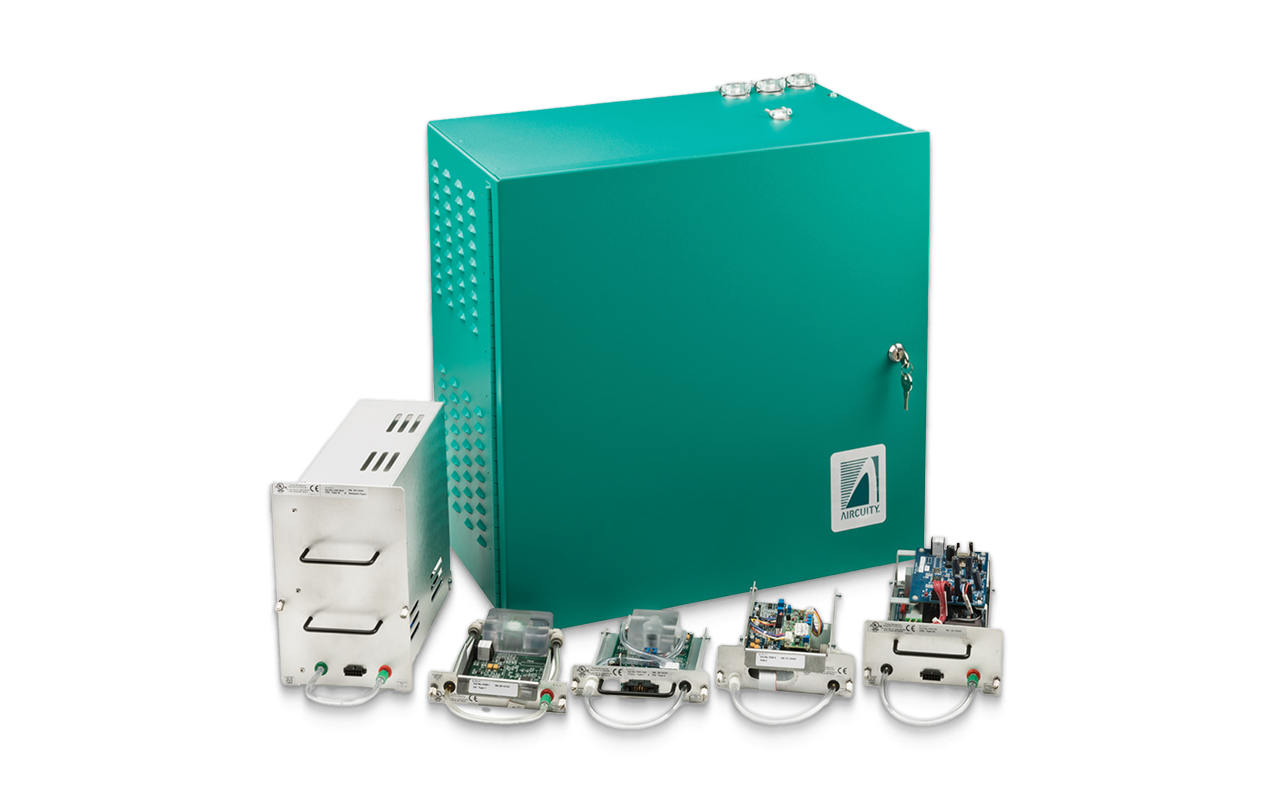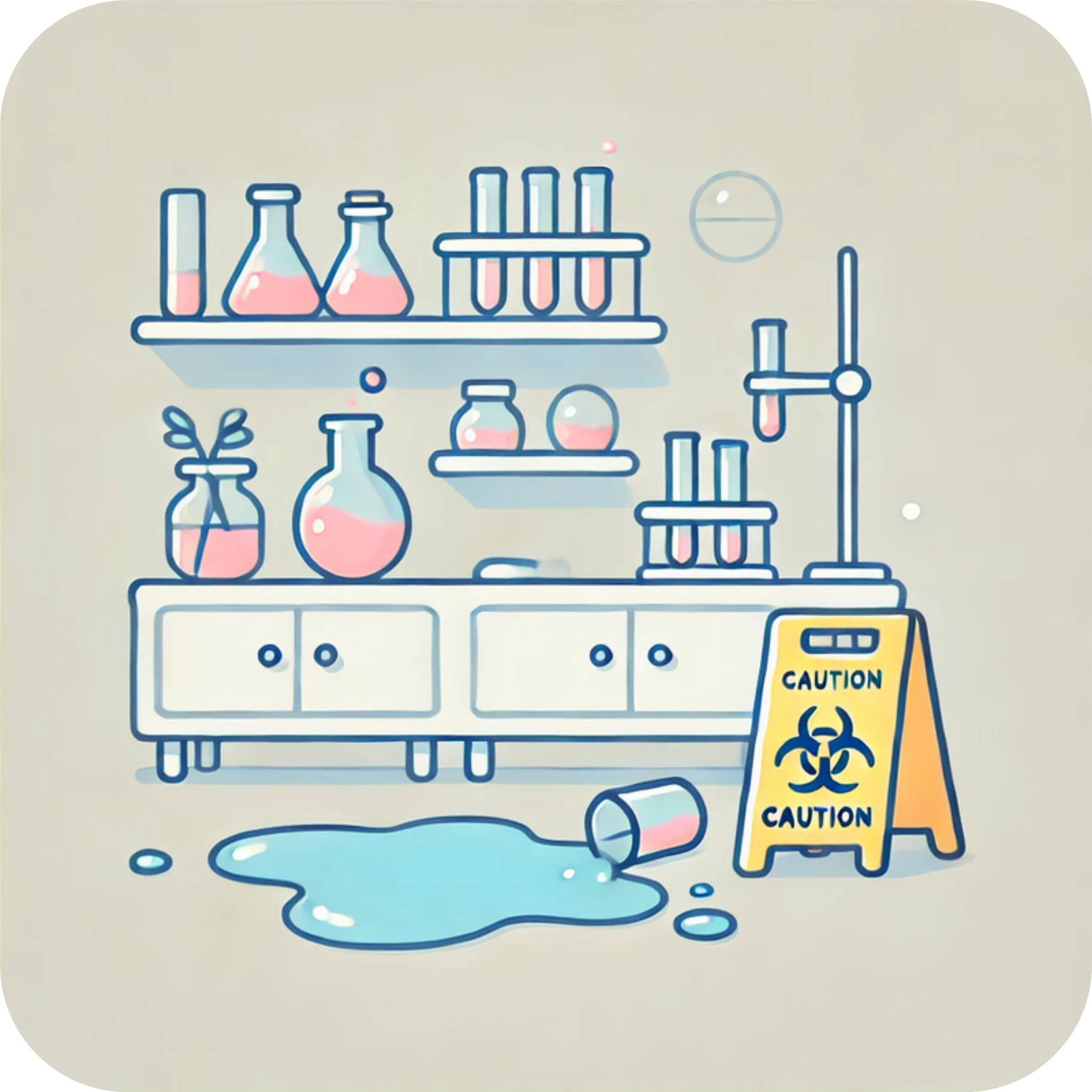Aircuity
Aircuity, the 20-year industry leader in Indoor Air Quality (IAQ) optimization, delivers energy-efficient solutions that elevate occupant health and comfort. Our advanced systems continuously monitor, analyze, and enhance air quality – ensuring your environment stays safe while driving exceptional energy savings.

Case Studies

Classroom Air Quality
A college in San Diego was concerned that students might enter a laboratory classroom with substandard air quality. They designed a solution where the Aircuity system would monitor the air quality in all of their science-related classrooms on a regular basis. If pollutants (whether volatile organic compounds or excessive particulate) were detected in any room, the ventilation rate to that room was increased. If the ventilation rate exceeded 18 air changes per hour for any room, alarms (both visual and audible) were designed to go off at the entrance to that room, and ventilation would continue at its maximum rate until the contaminants were removed from the space.
By deploying this system, potential deficiencies have been identified, work practices have improved, and the quality of the learning environment has continued to improve.
Key Takeaways:
- Air quality monitoring can quickly detect hazardous chemical exposure.
- Even small amounts of certain chemicals can create sub-optimal learning environments. Knowing that “events” are occurring allows for modified procedures with safer wok practices.
- Proactive sensor alerts drive immediate action, improving classroom safety.

Hospital Air Intake
A hospital faced air quality issues whenever a helicopter landed, as exhaust fumes infiltrated the building, affecting patients and staff. The facility operated with 80% outside air, meaning polluted air would be drawn inside.
To solve this, Aircuity’s sensors monitored air intake quality. If clean, normal ventilation continued; if contaminated, dampers closed, switching to recirculated air until conditions improved—ensuring a healthier, safer environment for all.
Key Takeaways:
- Air quality monitoring can quickly detect hazardous chemical exposure.
- Adaptive ventilation strategies enhance indoor air quality by adjusting to contamination levels.
- Simple yet effective solutions can solve complex air quality challenges in hospitals.

Laboratory Safety
Many pharmaceutical companies insist on high prescriptive minimum air change rates (10 to 12 air changes per hour – ACH) to ensure the safety of their workers in the event that a chemical is released in the space. If a chemical spill occurred in a lab operating at a lower air change rate, it would pose a potential health risk to the researchers. Aircuity’s advanced sensors constantly monitor the air quality in laboratory spaces. If the air is “clean” (no contaminants detected), the rooms are allowed to operate at 4 to 6 ACH. When airborne contaminants are detected, Aircuity triggers the Building Management System (BMS) to increase ventilation, to as high as 18 ACH. This rapidly flushes out hazardous fumes. Once the air is confirmed safe, the system automatically returns to optimal ACH levels, ensuring maximum safety and energy efficiency.
Key Takeaways:
- Air quality monitoring can quickly detect hazardous chemical exposure.
- Automated ACH adjustments provide immediate protection for lab personnel.
- Energy-efficient smart ventilation maintains safety while saving energy.

